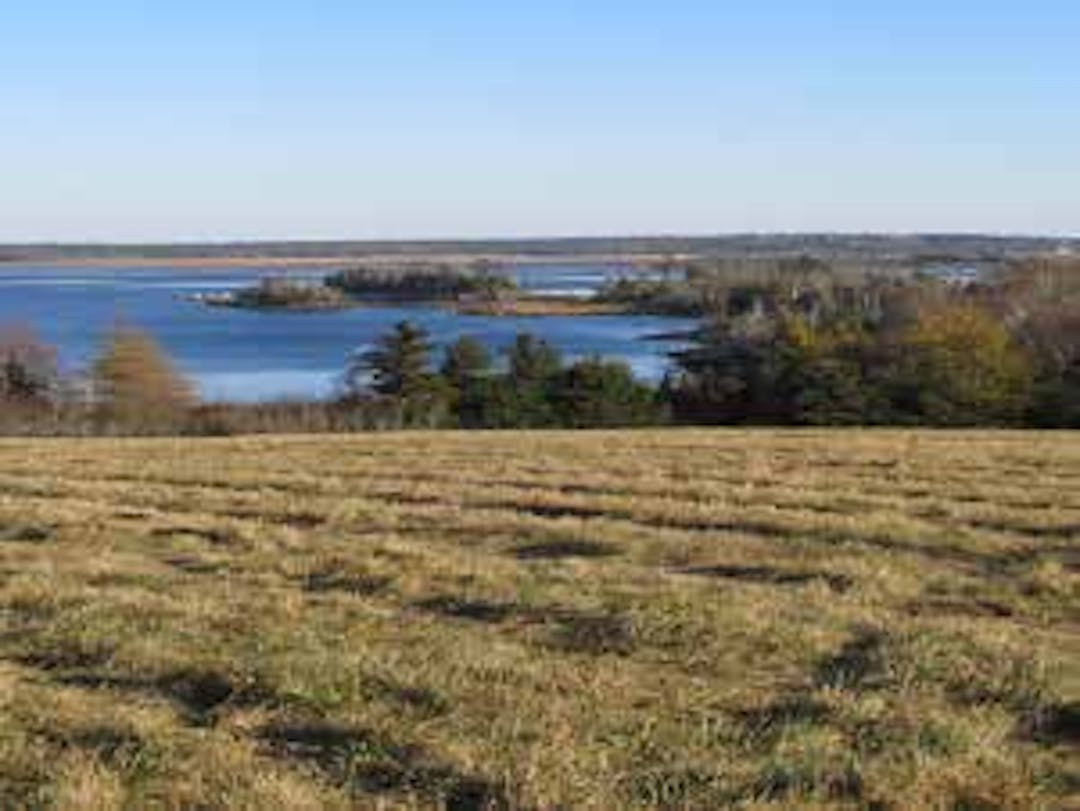Halifax Green Network
Consultation has concluded

Open space touches many aspects of our lives. It includes public and private lands such as parks and trails, natural wilderness and renewable resource areas, areas productive for resource extraction, waters, cultural landscapes and coastline. There are many social and environmental benefits to be achieved through comprehensive open space planning. This is why the Municipality is developing the “Halifax Green Network” an open space and greenbelting priorities plan for the region.
On June 21, 2018, the attached report was presented to the Community Planning and Economic Development Committee (CPED). The report will be reviewed at the CPED meeting in July, and then at Regional Council.
Protecting open space is a core value for Halifax citizens and a primary objective of the 2014 Halifax Regional Plan. Halifax’s open space landscape is exceptional in its beauty and diversity and in its environmental, socio-cultural and economic value. Being deliberate about how we protect and use open space over the long-term is important to advancing regional planning objectives for sustainable growth and the development of more liveable, complete communities. A robust regional network of open space is critical to the success of the Region and its communities. Halifax Regional Council has identified the need for a strategic vision and planning and implementation framework for protecting and managing open space to advance the following objectives:
Service delivery: The provision of vital public recreation, environmental and community services through a network of public parks, trails, community corridors, streets and urban green-spaces, and a system of natural infrastructure to foster social, cultural, environmental and economic needs of the Region and its communities.
Resource conservation: The protection of ecologically important lands and waters for environmental, socio-cultural and economic sustainability including natural resource areas in support of economic development, areas of natural habitat and biodiversity, the management of climate effects, and protection of natural and cultural heritage
Community shaping: The protection of important lands and waters to help define settlement patterns and shape future growth and community identity including near-urban wilderness areas, natural corridors, regional parks and an interconnected network of community corridors to support more “complete” communities.
To achieve this goal, the development of the Halifax Green Network Plan is now underway. The Plan will be based on a comprehensive view of open space as an important resource performing multiple ecological, recreational, economic, and community planning functions. Guided by principles of landscape ecology and the policy objectives of the Halifax Regional Plan for “complete” communities and sustainable regional growth, an interconnected regional network of open space will be identified including areas important for wilderness and biodiversity, lands for sustainable forestry, agriculture, and resource extraction, coastal and cultural landscapes, public parks, community greenspaces, and urban squares and streets of regional significance. The same principles and methodology for assessing and prioritizing open space will be applied to future open space planning at the community level.
Greenbelting will be explored as one tool to help achieve a sustainable network of open space. It will be examined as part of a comprehensive open space planning approach to help advance HRM’s objectives for where and how growth should happen and to ensure that development connects to and builds on a larger open space system. Implementation of any appropriate land-use planning tools or future regulatory changes (such as any new open space land-use designation) would stem from additional secondary planning processes as directed by Regional Council. In this respect the Halifax Green Network Plan will set the overarching policy objectives, identify priority lands within the regional open space network, and recommend implementation tools for to help guide future land-use planning efforts. In addition to greenbelting, other planning and land management tools to implement open space policy objectives will be examined carefully including strategic public land acquisition, land development approaches and incentives that protect important open space lands, natural systems and community stewardship tools.
